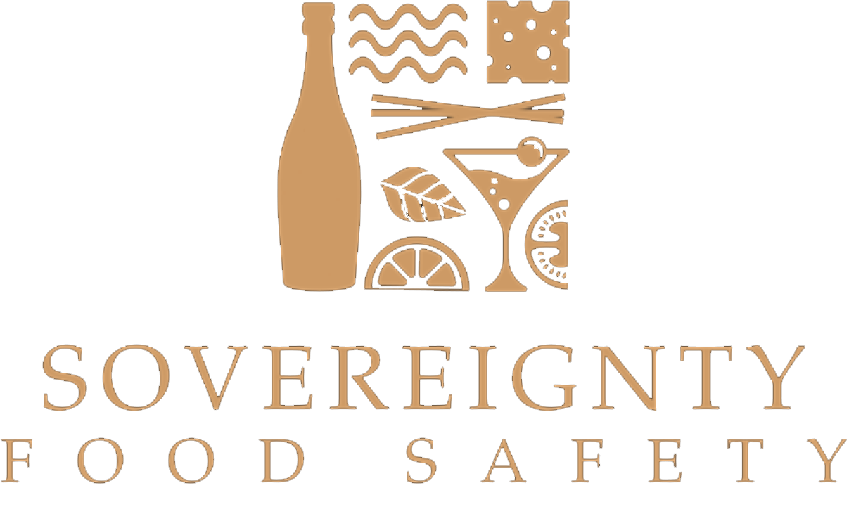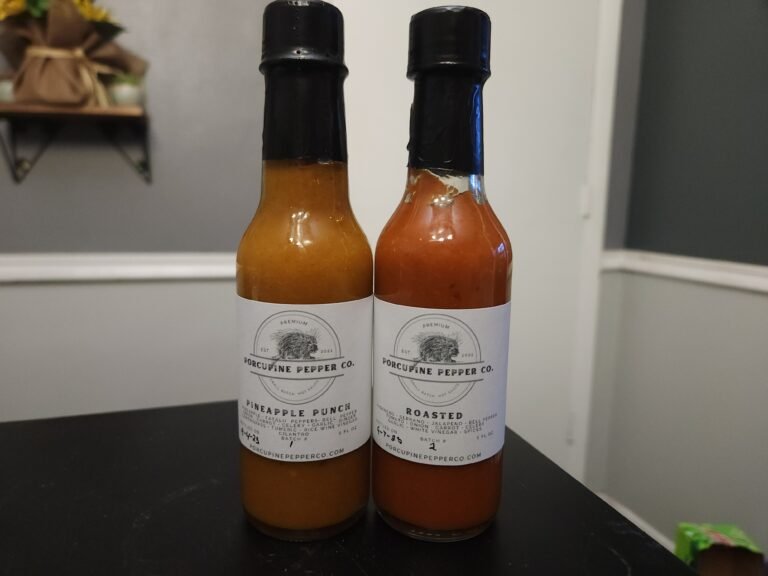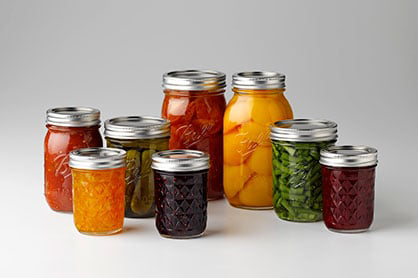Egg Emergency
The rising prices of chickens and eggs are the result of several converging factors that have built up over time. Since 2022, more than 1,400 poultry flocks have been infected with H5N1, commonly known as “bird flu.” This virus spreads through droppings, saliva, respiratory droplets, feathers, and even eggs from migratory birds.
The standard protocol for containing bird flu outbreaks is complete flock destruction. Given that industrial egg farms can house anywhere from 50,000 to 350,000 chickens, the culling of even a single infected flock represents a massive blow to egg production.
The U.S. Department of Agriculture estimates that 150 million chickens have been culled since 2022, including 13 million in January 2023 alone. Considering that each hen lays between 300 and 320 eggs annually, this loss has caused a significant supply shortage. With approximately 308 million commercial laying hens in the U.S., the impact on prices is unsurprising.
Egg production will likely stabilize in the coming months, but only if infection rates decline and farms can recover from the losses. Given that it takes 18 weeks for a chicken to begin laying eggs, the correction will take time.
Cage-Free Chaos: Rules, Regulations, and Ramifications
Since 2022, six states have enacted cage-free and free-range legislation, banning battery cages for chickens. As someone who has raised chickens throughout my life, I firmly believe that they are happiest when allowed to roam and supplement their diets with natural food sources. However, as is often the case with well-meaning government regulations, these laws have had unintended consequences.
Many commercial egg farms have shut down, unable to afford the capital investments required to comply with the new regulations. Operating on slim 10% margins, these farms face immense challenges in raising capital, acquiring permits, and upgrading infrastructure.
Additionally, forcing chickens into open environments increases their exposure to disease, particularly bird flu, as contact with migratory fowl becomes more likely. What was intended as a humane solution has instead contributed to higher egg prices and greater disease risks.
Trade Turmoil: Tariffs, Tomatoes, and Tilapia
Most Americans don’t realize just how dependent the U.S. food system is on imports. Let’s break down where our food comes from and how tariffs have contributed to rising costs:
Mexico: Approximately 60% of vegetables and 50% of fruits consumed in the U.S. are imported from Mexico. Avocados, peppers, berries, cucumbers, squash, and beans are the largest exports, and prices for these items have increased by around 25%.
Canada: While only 2% of our produce comes from Canada, the country supplies a significant portion of our tomatoes and potatoes. Canada’s fertile soil is ideal for potato farming, which is why Idaho and Maine (bordering Canada) are also major producers. Additionally, Canadian greenhouses supply much of our tomatoes. Expect prices for these products to rise by 25%.
China: A 10% tariff on Chinese goods has impacted garlic lovers, as 80% of the garlic consumed in the U.S. is imported from China. About 90% of vitamin C, tea, and tilapia also come from China. Moreover, much of the pork raised in the U.S. is shipped to China for processing and then sold back to American consumers. Smithfield Foods, the largest U.S. pork producer, is owned by China-based WH Group. Pork prices are likely to increase by at least 10%. Fertilizer imports, of which China supplies 6%, will also be affected.
While tariffs aim to address trade imbalances, they primarily burden American consumers. Countries only face financial consequences if Americans significantly reduce their purchasing, which is unlikely given the limited alternatives for many of these products.
A Recipe for Resilience: Decentralization, Deregulation, and Food Freedom
The rising cost of food isn’t just a temporary inconvenience. It’s a symptom of deeper systemic issues. Government intervention, whether through tariffs, regulations, or central planning, often disrupts market efficiency and creates unintended consequences. While well-intentioned regulations like cage-free laws aim to improve animal welfare, they often backfire by driving small and medium-sized farms out of business and reducing overall food supply.
Decentralizing food production and reducing government interference could provide a more sustainable and resilient food system. Encouraging local food networks, urban agriculture, and homesteading would allow communities to produce food closer to home, reducing reliance on global supply chains.
Additionally, removing tariffs and allowing free-market principles to guide trade would create a more competitive environment where producers can adapt quickly to changing market conditions. As consumers, we can also play a role by supporting local farmers, learning to grow our own food, and advocating for policies that promote food sovereignty and market freedom.
True food security comes not from government mandates but from empowered individuals and communities taking control of their food systems. By decentralizing production and embracing market-driven solutions, we can weather future challenges without sacrificing our wallets or our freedom.





